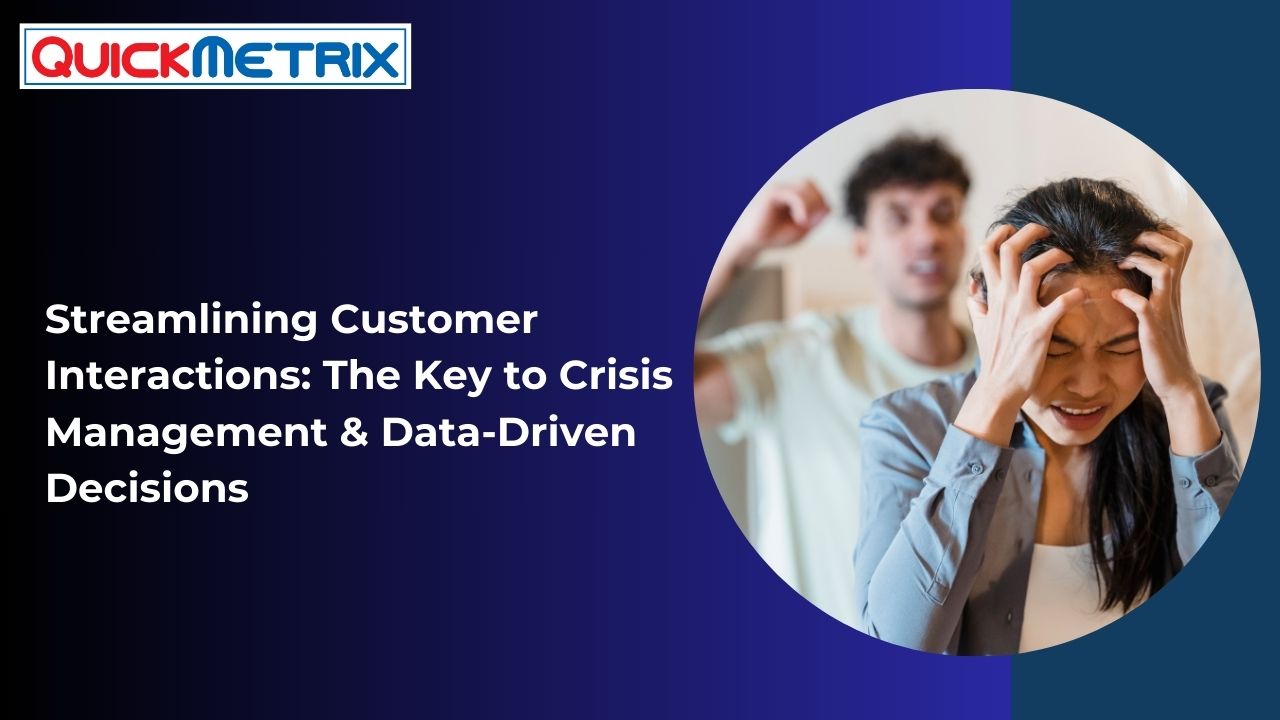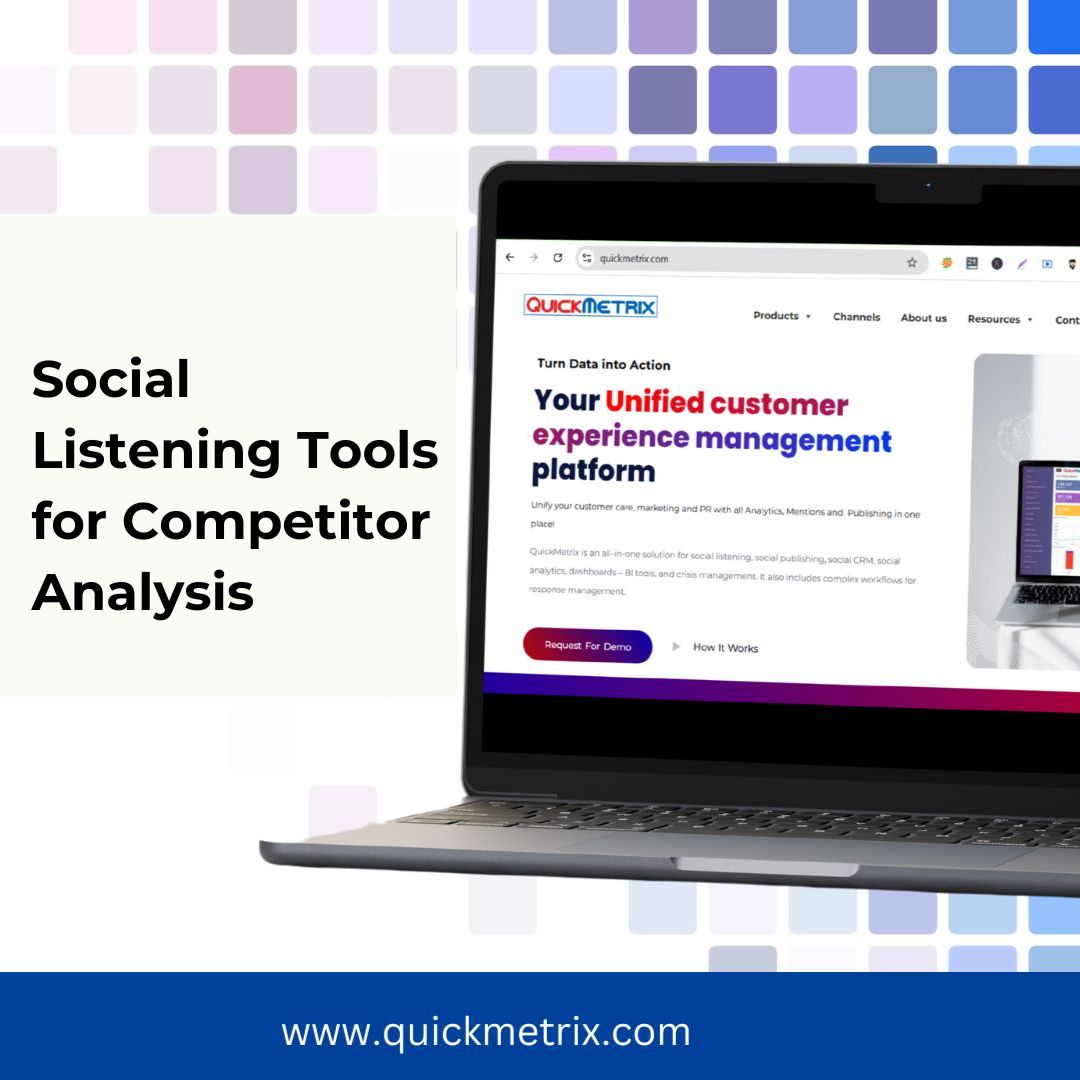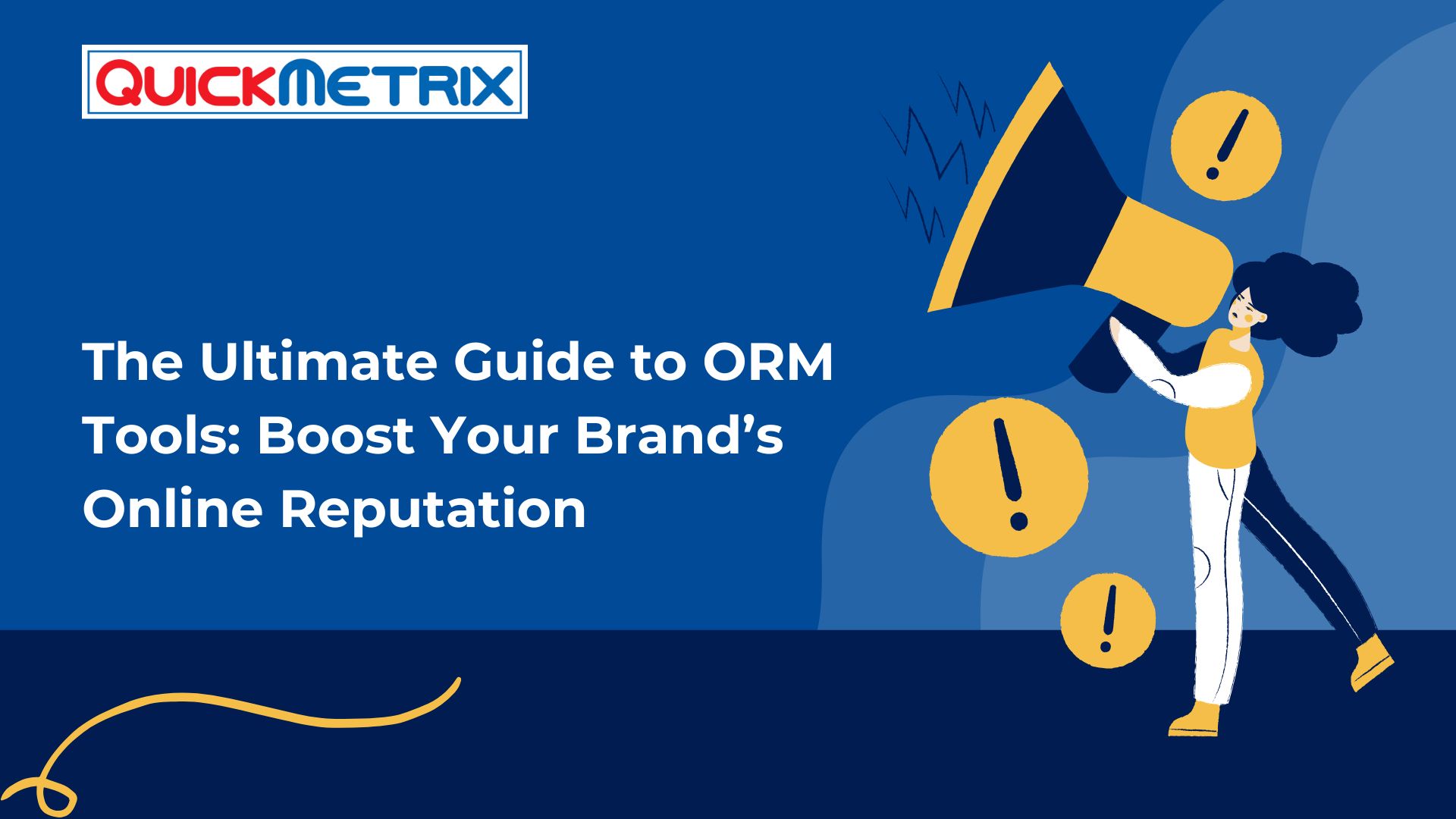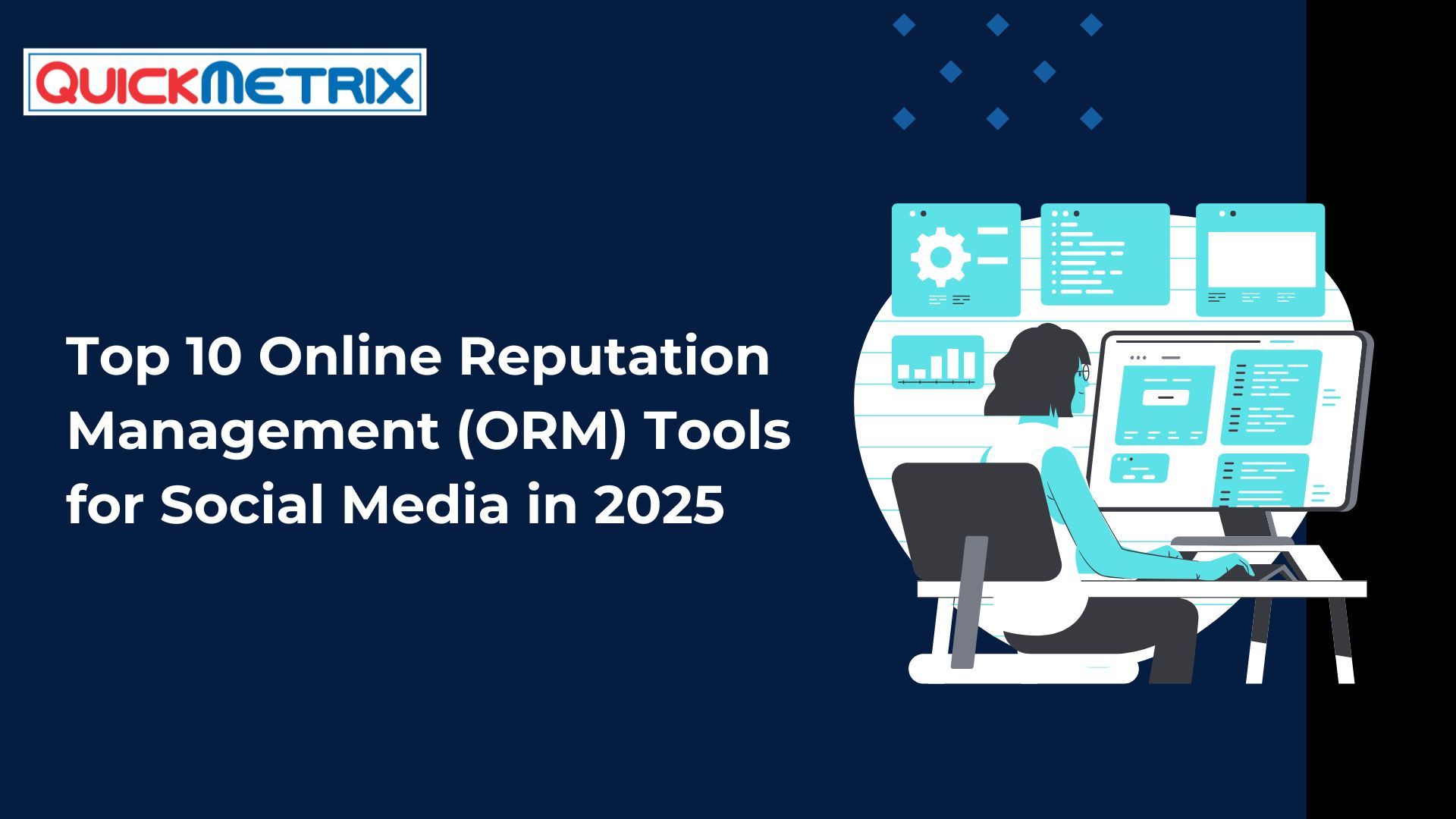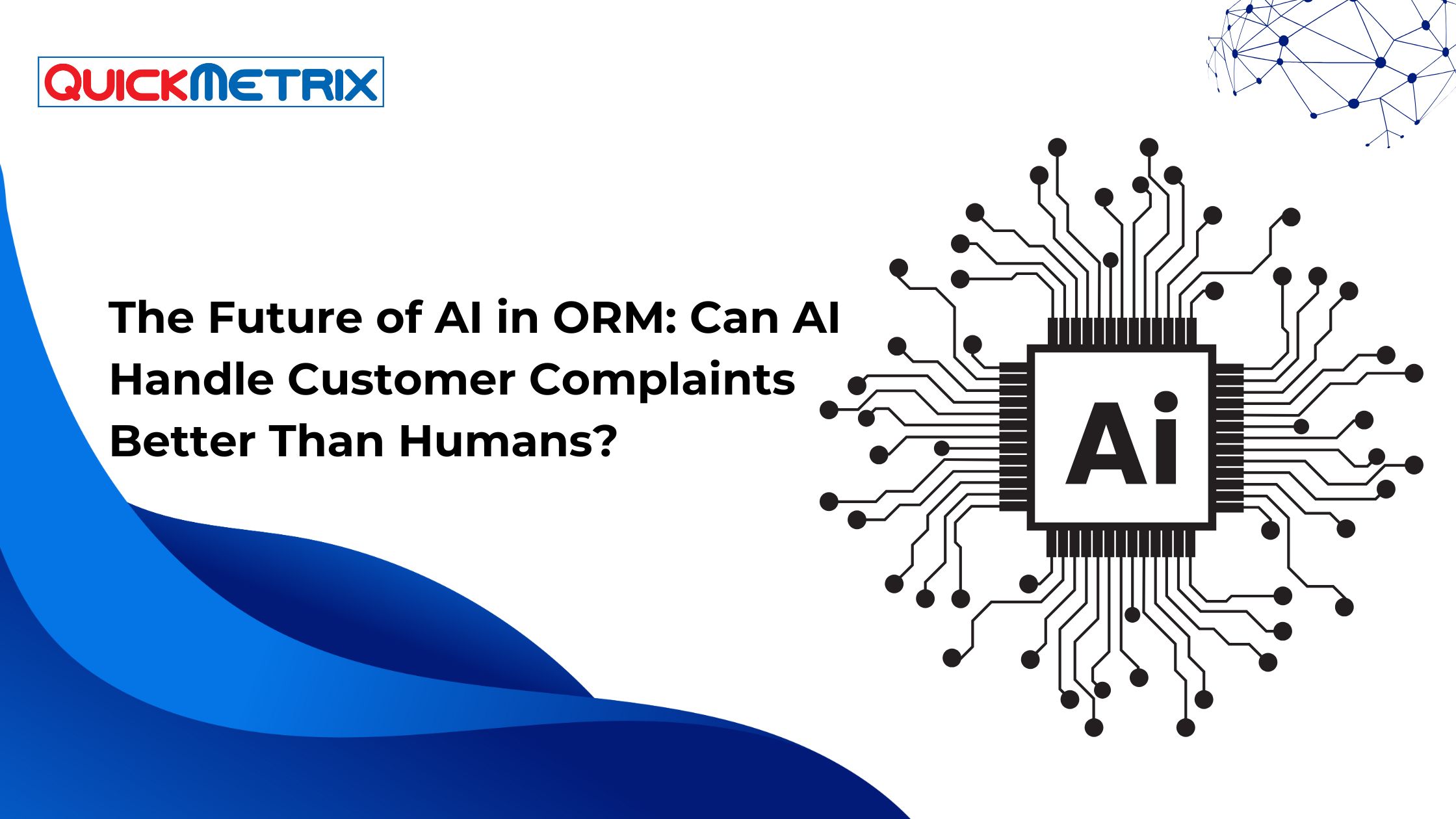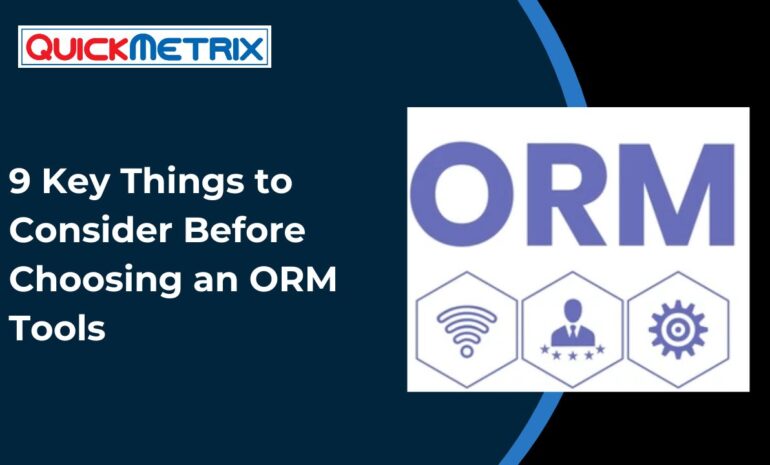Enhancing Customer Experience through Effective Online Response Management
- Understanding Online Response Management
1.1 Definition of Online Response Management
Online response management refers to the practices and strategies businesses use to handle customer inquiries, feedback, and complaints through digital channels. This includes emails, live chats, social media, and more Timely responses are crucial in this environment because customers expect quick engagement. Unlike traditional customer service, which often relies on phone calls or in-person interactions, online response management prioritizes speed and accessibility.
1.2 The Evolution of Online Customer Service
Customer service response times have dramatically changed over the years. In the past, customers waited weeks to hear back from a company. With the shift to online communication, especially with the rise of the internet in the late ’90s and early 2000s, responses went from days to mere hours, sometimes just minutes. Technology, such as social media and mobile apps, has further accelerated this trend, making it easier than ever for customers to reach out and receive swift answers.
1.3 Key Components of Online Response Management
Effective online response management hinges on several essential tools and platforms. Many businesses utilize customer relationship management (CRM) systems or chatbots to streamline interactions. Finding a balance between automated responses and human touch is critical—while chatbots can efficiently handle common queries, a real person should address more complex issues. Data and analytics play a vital role, helping businesses understand customer behaviour and preferences to enhance interactions.
- The Impact of Prompt Responses on Customer Satisfaction
2.1 The Psychology of Quick Responses
When customers receive quick responses, their perception of the brand improves significantly. Studies have shown that urgency can heighten customer satisfaction, making them feel valued and prioritized. For instance, a case study from a leading airline revealed that addressing queries within 30 minutes resulted in a 20% increase in overall customer satisfaction ratings.
2.2 Measuring Customer Satisfaction
Businesses can use various metrics to evaluate how response times affect customer satisfaction. Surveys and social listening tools can gauge customer sentiment after interactions. Tracking fall-back metrics like Net Promoter Score (NPS) can also provide insights into how response management influences loyalty.
2.3 Real-Life Examples of Successful Response Management
Brands like Zappos have gained recognition for their quick and effective online response management. They often respond to inquiries in less than a minute, building strong customer loyalty in return. Conversely, a well-known fast-food chain struggled to manage negative feedback on social media, which led to public perception issues and a decline in customer trust. These examples underscore the importance of strategic response management.
- Strategies for Effective Online Response Management
3.1 Establishing Clear Response Guidelines
Creating clear guidelines for response times across all platforms helps ensure consistency. Training staff in these guidelines is crucial for uniform customer engagement. Businesses can develop a comprehensive response management framework that outlines standard operating procedures for various scenarios.
3.2 Leveraging Technology for Efficiency
Customer service tools like chatbots and CRM systems can improve efficiency significantly. While these technologies have advantages—such as 24/7 availability—they also have limitations, like lack of empathy in responses. Training staff to complement these technologies can create a balance that enhances the overall customer experience.
3.3 Continuous Improvement Processes
Setting up feedback loops helps refine response strategies continuously. Regular training for customer service teams ensures they stay updated on best practices and customer expectations. Staying on top of trends can help businesses adapt quickly to shifting demands.
- Building Strong Customer Relationships through Engagement
4.1 Personalized Customer Interactions
Personalizing responses can set a brand apart from its competitors. Techniques for personalization—like using customer names or referencing past interactions—can strengthen relationships. When customers feel recognized, their loyalty often increases, making personalized engagement a powerful tool.
4.2 Proactive Engagement Strategies
Anticipating customer questions and needs can lead to more effective engagement. Social media plays a crucial role here, as many customers turn to these platforms for inquiries. Brands that anticipate customer needs, like sending follow-up messages after purchases, build stronger relationships over time.
4.3 Handling Negative Feedback Effectively
Addressing complaints promptly is critical in customer service. By responding to negative feedback quickly, businesses can turn potential pitfalls into opportunities for improvement. Techniques like offering genuine apologies or solutions can alleviate customer frustration and foster goodwill.
- Future Trends in Online Response Management
5.1 Growing Importance of Social Media
As social media continues to evolve, its role in customer interactions becomes increasingly significant. Brands must develop strategies for managing responses across multiple platforms, understanding that customers expect prompt replies.
5.2 Artificial Intelligence and Machine Learning
The future of customer service will likely see advancements in AI and machine learning. While these technologies can enhance response management efficiency, businesses must also be mindful of the potential challenges. Ensuring ethical use of AI and maintaining a human touch in interactions will be critical.
5.3 Changes in Consumer Behaviour
Consumer behaviour is constantly changing, and businesses need to stay aware of these trends. The growing expectation for self-service options means brands should focus on empowering customers through FAQs and knowledge bases. Adapting to these shifts will help businesses meet customers where they are.
Summary
Online response management is vital for enhancing customer experience. As expectations grow, companies must adapt their strategies to meet customer needs effectively. By prioritizing timely responses, personalizing interactions, and leveraging technology, businesses can build strong, lasting relationships with their customers.
FAQs
What is online response management and why is it important?
Online response management involves handling customer inquiries through digital channels quickly and effectively. It’s important because timely responses lead to higher customer satisfaction and loyalty.
How can businesses measure the effectiveness of their response strategies?
Businesses can use customer feedback, surveys, and metrics like NPS to evaluate their response strategies and understand their impact on customer satisfaction.
What are some tools available for online response management?
Some common tools include QuickMetrix, Sprinklr, Meltwater, Talwalkar and social media management platforms. Each offers unique advantages in handling customer interactions.
How can companies handle negative customer feedback effectively?
Addressing complaints promptly and providing solutions can turn negative experiences into positive ones. Listening to customer concerns and learning from criticism is essential for service improvement.
What trends should businesses watch for in the future of online customer service?
Key trends include the increasing importance of social media, the rise of AI in customer service, and shifts towards self-service options. Staying informed about these trends will help businesses adapt and thrive.
Contact : Request A Demo
Top Social Listening Tools in 2025: Why QuickMetrix Deserves Your Attention
In the world of digital marketing, conversations are currency. ...
Read More9-key-things-to-consider-before-choosing-an-best-orm-tool (Online response management tools)
IntroductionIn today's hyper-connected world, a single unresolved tweet or ...
Read MoreStreamlining Customer Interactions: The Key to Crisis Management and Data-Driven Decisions
Streamlining Customer Interactions: The Key to Crisis Management and ...
Read MoreCrisis Management: How ORM Tools Can Save Your Brand from PR Disasters
Understanding Crisis Management in the Digital AgeDefinition and Importance ...
Read MoreSocial Listening for Financial Services: How Banks & FinTechs Stay Ahead
Introduction to Social Listening in Financial Services Definition ...
Read MoreThe Journey of QuickMetrix: Insights from Surendra Baliga on Building a Successful SaaS Business
The entrepreneurial journey is often filled with challenges, learning ...
Read MoreMastering the Market: How to Use Social Listening Tools for Real-Time Competitor Analysis
1. Introduction to Social Listening Tools1.1 What is Social ...
Read MoreHow to Get the Most Out of Social Listening Tools and Why Businesses Invest in Them
How to Get the Most Out of Social Listening ...
Read MoreUnderstanding ORM Tools: A Comprehensive Guide to Managing Your Brand’s Online Reputation
In today's digital landscape, a brand's online reputation is ...
Read MoreThe Ultimate Guide to ORM Tools: Boost Your Brand’s Online Reputation
The Ultimate Guide to ORM Tools: Boost Your Brand’s ...
Read MoreTop 10 Online Reputation Management (ORM) Tools for Social Media in 2025
Top 10 Online Reputation Management (ORM) Tools for Social ...
Read MoreListening to the Noise: How to Monitor Conversations That Matter to Your Brand
Understanding the Importance of Monitoring Brand Conversations 1.1 The Role ...
Read MoreStreamlining Online Response Management for the Hotel Industry
1. Understanding Response ManagementOnline response management to how hotels ...
Read MoreThe Future of AI in ORM: Can AI Handle Customer Complaints Better Than Humans?
I. Introduction to Online Response Management (ORM)/ Online reputation ...
Read More


